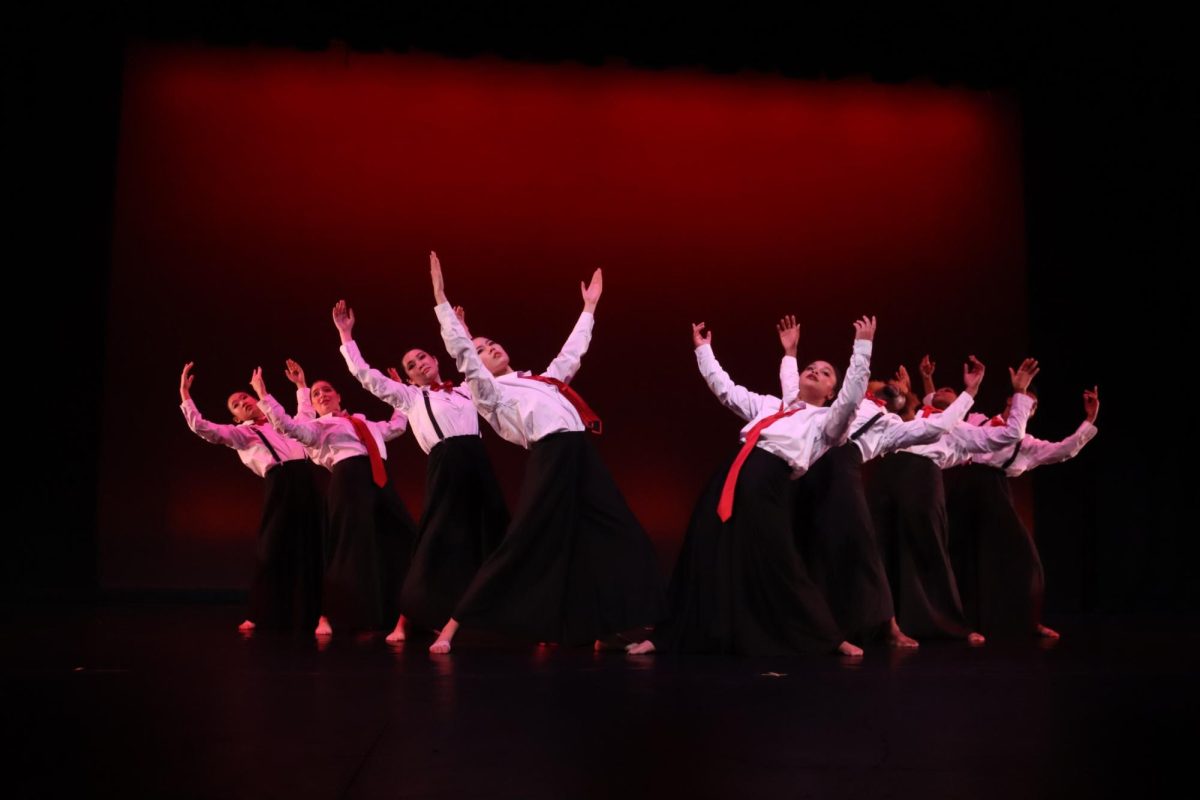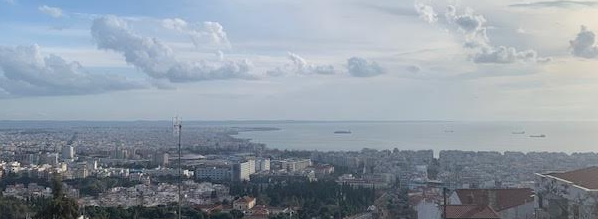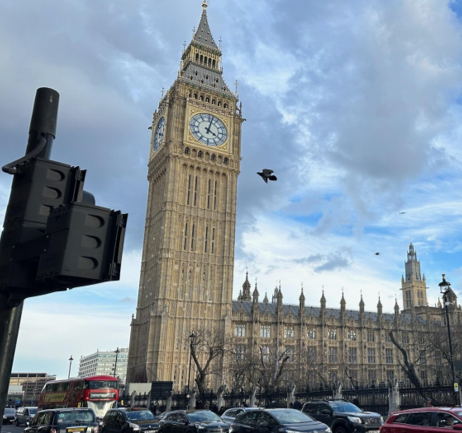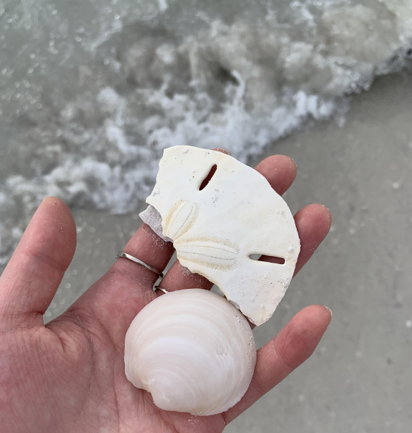Georgetown University’s Black Movements Dance Theatre (BMDT), an academic dance group, held its annual spring concert in the Davis Performing Arts Center’s Gonda Theatre on Feb. 23 and 24.
The performance, titled “Angels Sin Too: The Weight of Consciousness,” consisted of works by student choreographers, guest artists and faculty advisor Alfreda Davis and showcased a diverse array of dance styles, including lyrical, hip-hop, jazz, ballet and contemporary.
Davis, who served as the show’s artistic director as well as the faculty advisor for BMDT, said that the ‘T’ in BMDT is an important aspect of the group’s identity.
“We are a dance theatre, and we emphasize the theatrical aspect as much as we do the dancing and the technical aspect,” Davis told The Hoya. “Whether it’s a celebratory piece, a piece that’s powerful and riveting or just entertaining, we want to evoke some type of emotion. That’s what we’re all about.”
For more than four decades, BMDT has sought to express the experience of Black people to the broader Georgetown community through the arts. The process of preparing for the spring concert, which takes place during Black History Month, begins in the summer months, with auditions held in early fall.
Student director Shakeer Hood (CAS ’24) said this year’s theme aims to explore humanity and the Black experience in its totality.
“I feel like there’s two ends of the spectrum where many people, especially in recent years, have been talking about the devastations and traumas of being a Black person,” Hood told The Hoya. “And then on the flip side, to counteract that, there’s been lots of Black joy and Black excellence and brilliance that’s displayed. I wanted to show both sides of that, because that is the fullness of who we are. We’re not just good, we’re not just bad, we’re people.”
In 11 main works and an interlude, “Angels Sin Too” takes inspiration from the seven deadly sins and the seven capital virtues.
A prime example of this duality in theme comes in “Lost, But Alive,” choreographed by Hood and assistant artistic director Aniya Harris (CAS ’24). The eight dancers begin the piece in black pants, white collared shirts and either a red tie or a bow tie and suspenders. Throughout the dance’s two acts, which play with the concept of puppets and puppeteers, that professionalism gradually slips and the offending accessories are discarded.
Harris described the dance as being divided into a “Lost” segment and a “But Alive” segment, with the puppeteers representing people at the top of oppressive institutions.
“We end ‘Lost’ with the puppets and puppeteers both realizing they’re products of the system that does those wrongs. And then for ‘But Alive,’ we remember that we’re lost in this world because of these systems, but still very much alive,” Harris told The Hoya. “And if we remember that, and focus not so much on the wrath and how we feel about those things but also what we as Black creatives contribute, we sort of bring people out to remember their own aliveness.”
In addition to sin and virtue, “Angels Sin Too” draws on historical events for inspiration. “Return to Kiskeya,” a Haitian dance piece choreographed by Nakita Guiteau (SFS ’24) and Rams-Lyne Thomas (CAS ’25), incorporates themes of both loss and abundance. Kiskeya, the indigenous name for the island that is now divided between Haiti and the Dominican Republic, takes center stage to music by BMIXX, Boukman Esperyans and Haitian Troubadours.
“Rams-Lyne and Nakita’s piece was very powerful and indigenous to Haitian culture,” Davis said. “I’m really proud of all of them. They didn’t just put their heart and soul into it, they did the research that was required to bring about an authentic artistic product.”
In “Return to Kiskeya” and other pieces, the audience reaction was notable. Rather than subdued admiration or the occasional smattering of applause, viewers were actively invested in and responsive to the dances taking place in front of them. During the most energetic pieces, audience members whooped and cheered when dancers executed particularly impressive or entertaining sequences.
One such piece was “Renaissance,” choreographed by guest artist Jaron Gilchrist, set to music by jazz artist Cecile McLorin Salvant and performed by the entire company. Clad in shining silver, white and iridescent costumes, the dancers communicated joy and dynamism through their movements.
“Collab is always really fun, because that’s one of the pieces that the whole company works together to put on,” Hood said regarding the dance. “We’ll break out into groups, then do like 16 counts together, then show everyone what we put together and piece it into the show. I feel like the family element and the communal element really shows through in pieces like that.”
Showcasing BMDT’s artistic expansion as well as its communal ties, “Angels Sin Too” drew audiences new and old.
Davis recalled a visitor on Friday night who she initially thought was a parent who had actually shown up after seeing an advertisement online.
“I thought that was really cool,” Davis said. “I want to see more stories like that.”
For anyone who missed “Angels Sin Too” or simply wants to see more, BMDT will hold an In Studio Presentation of individual and group final projects April 4 for students to showcase what they’ve learned over the course of the year.
Harris, who had no formal dance experience before joining BMDT in her junior year, emphasized the value the group brings to campus.
“I would strongly encourage anyone who reads this article to continue supporting the arts, particularly Black art, especially on a campus like Georgetown where we’re not as represented,” Harris said. “We put in a lot of hard work for this show, and it’s free. So through donations or showing up for us, that’s giving Black art a platform to thrive on.”





















